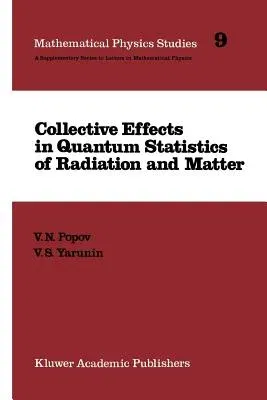V N Popov
(Author)Collective Effects in Quantum Statistics of Radiation and Matter (Softcover Reprint of the Original 1st 1988)Paperback - Softcover Reprint of the Original 1st 1988, 30 September 2011

Qty
1
Turbo
Ships in 2 - 3 days
In Stock
Free Delivery
Cash on Delivery
15 Days
Free Returns
Secure Checkout
Part of Series
Mathematical Physics Studies
Print Length
215 pages
Language
English
Publisher
Springer
Date Published
30 Sep 2011
ISBN-10
9401078408
ISBN-13
9789401078405
Description
Product Details
Authors:
Book Edition:
Softcover Reprint of the Original 1st 1988
Book Format:
Paperback
Country of Origin:
NL
Date Published:
30 September 2011
Dimensions:
23.39 x
15.6 x
1.22 cm
ISBN-10:
9401078408
ISBN-13:
9789401078405
Language:
English
Location:
Dordrecht
Pages:
215
Publisher:
Series:
Weight:
326.59 gm

